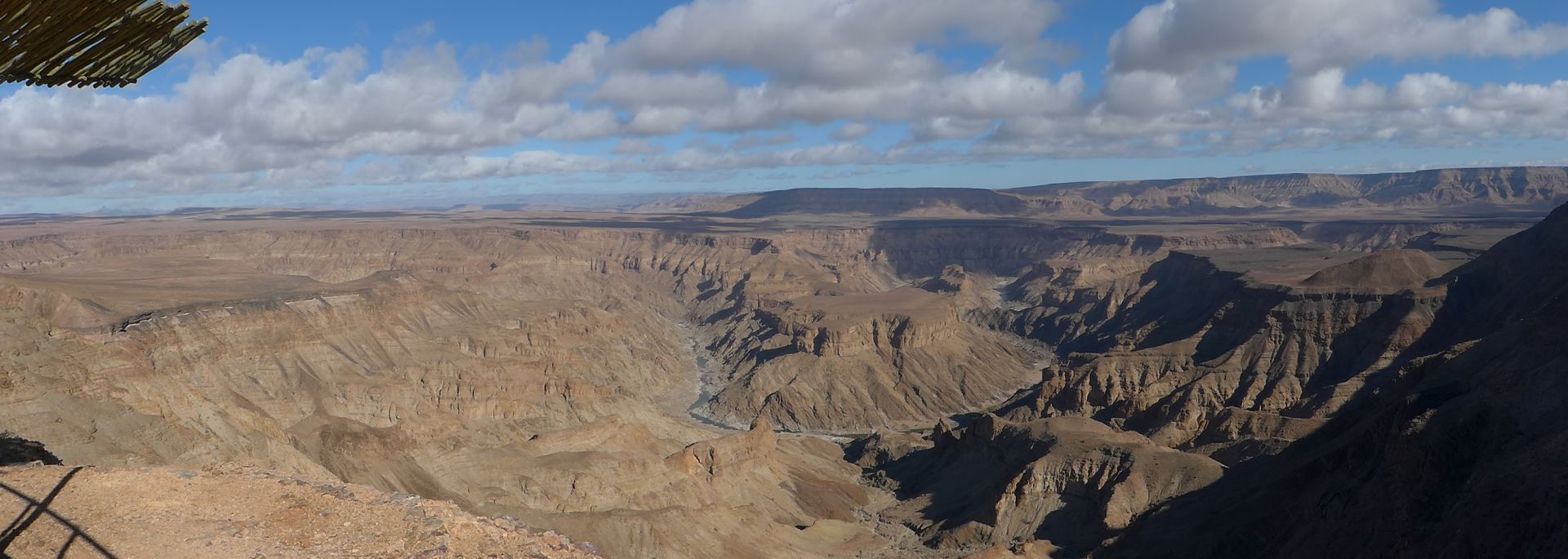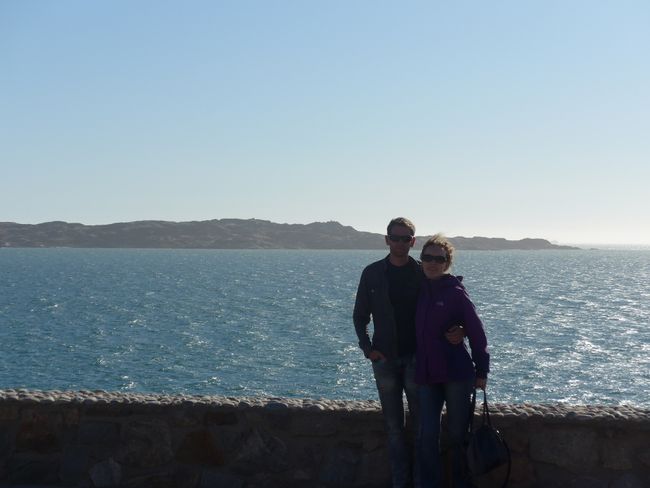Ayutthaya (Thailand Part 5)
Publié: 10.03.2019
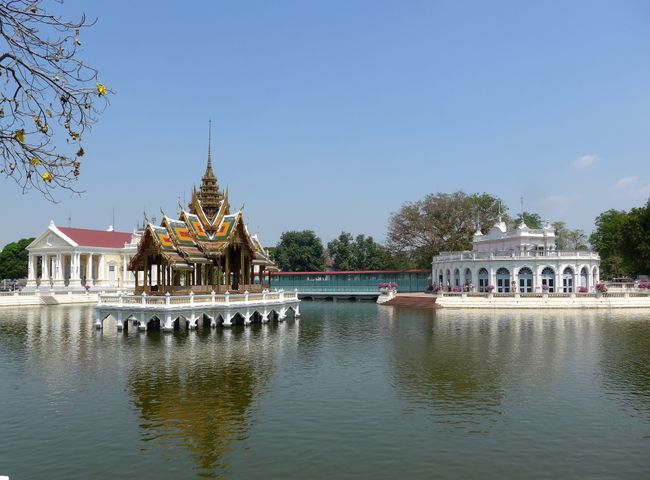
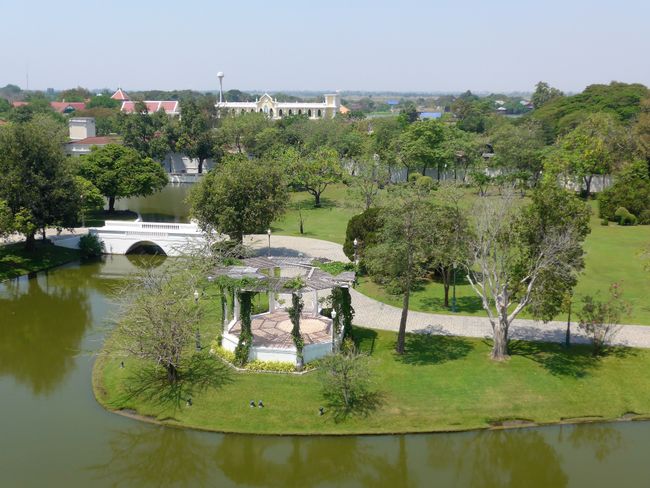
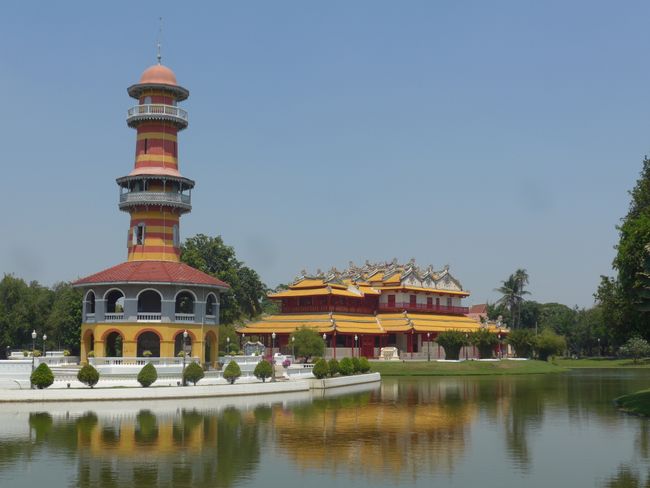
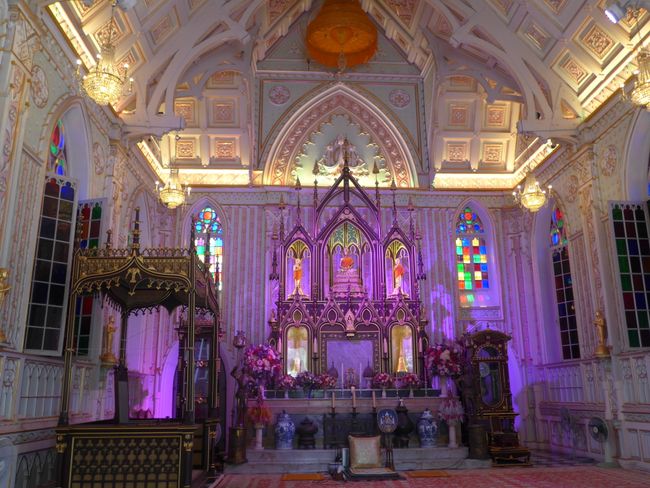
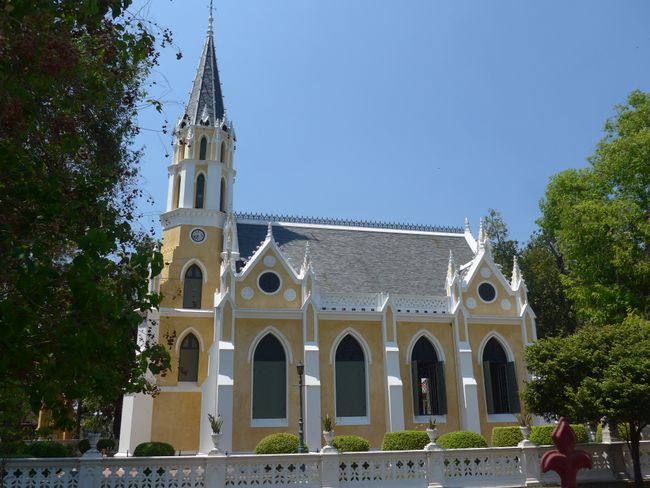
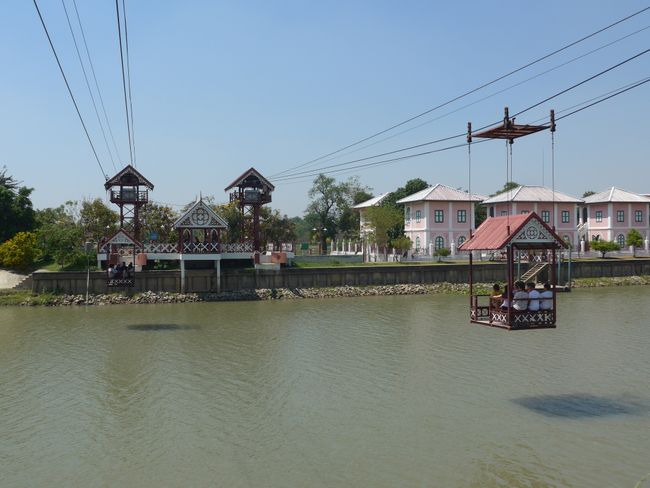
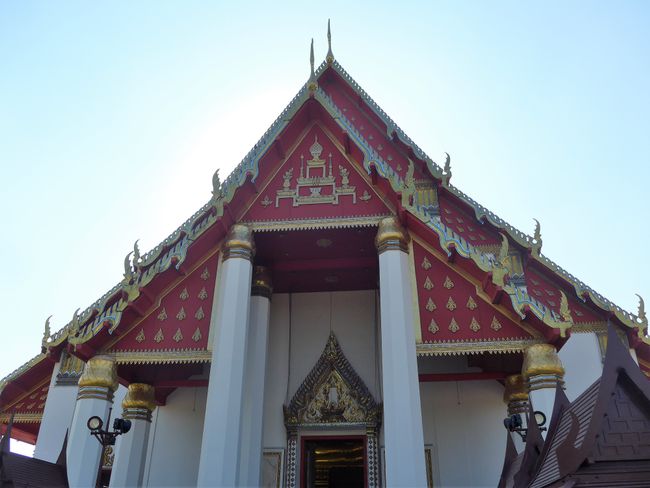
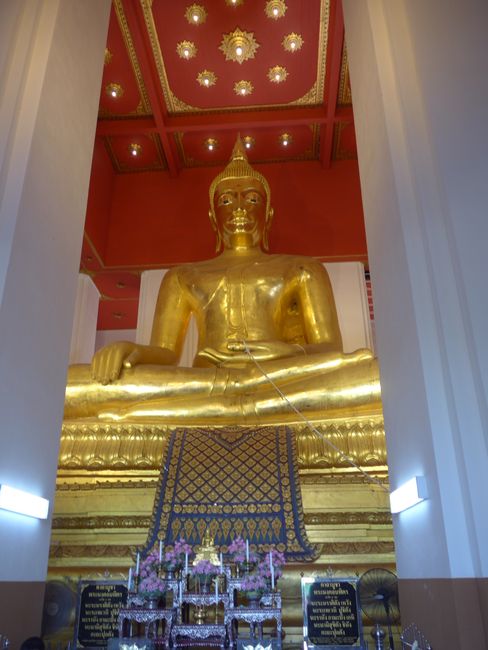
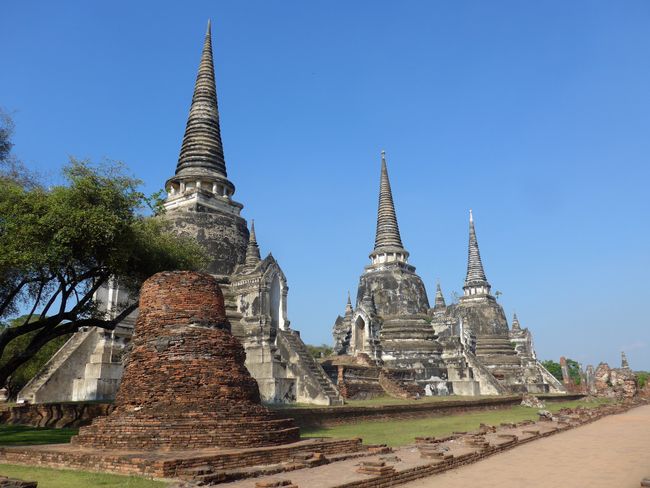
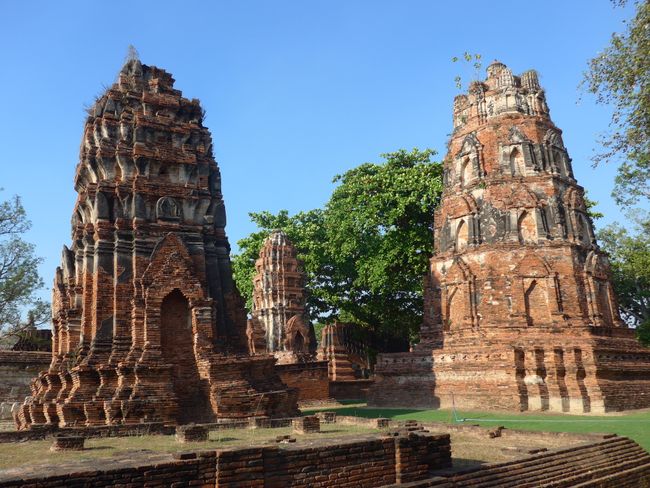
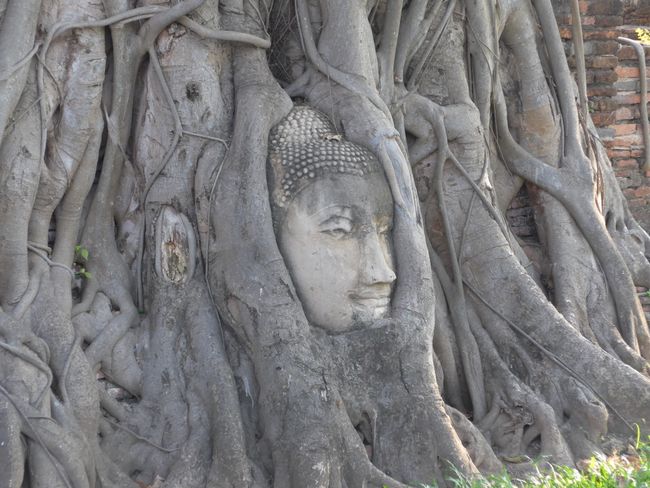
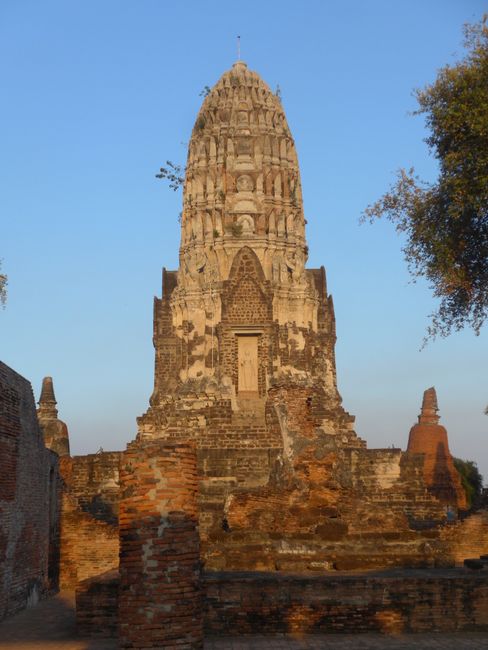
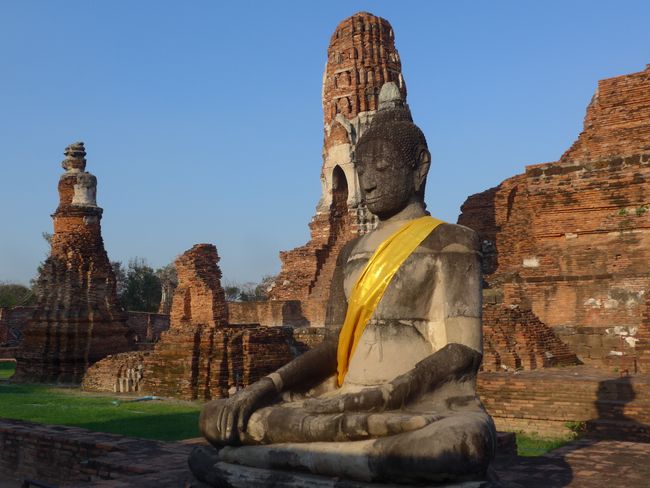
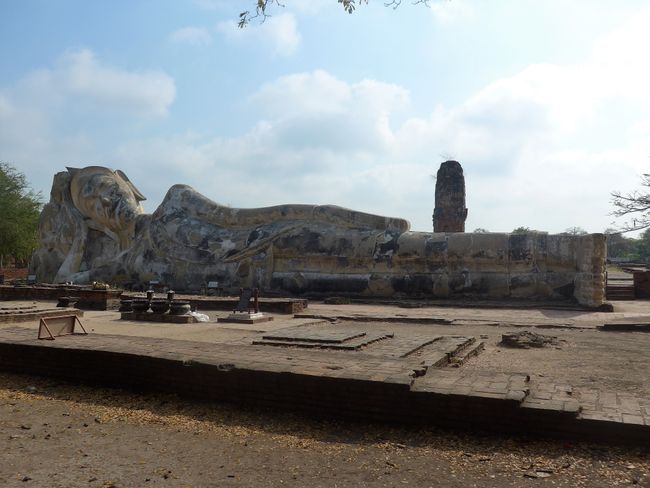
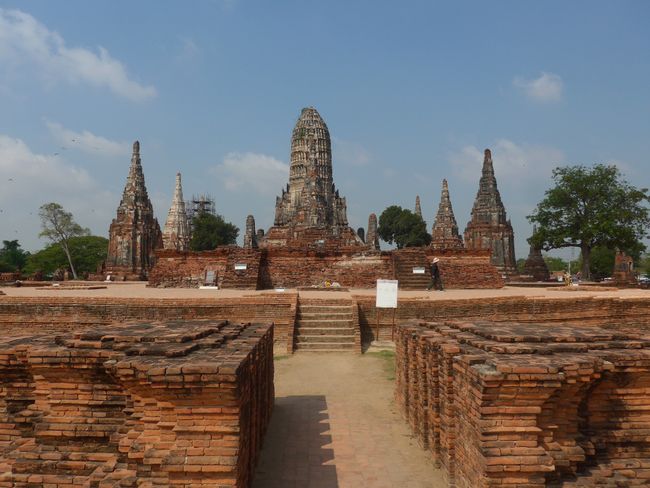
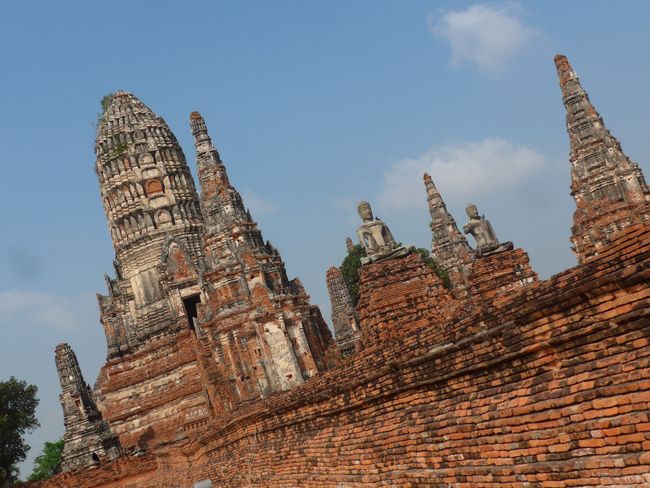
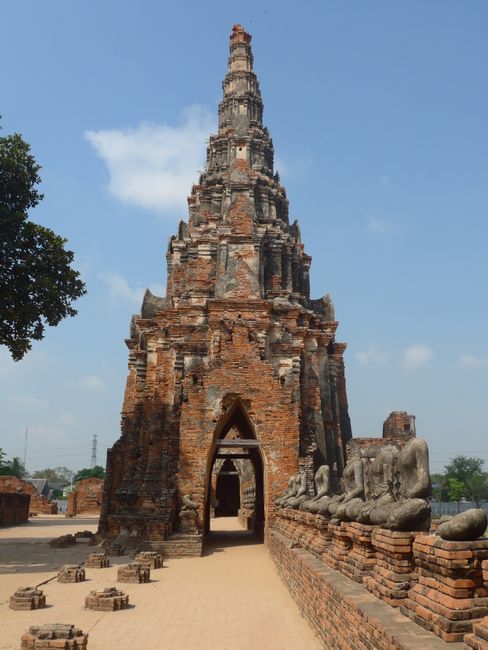
S'inscrire à la Newsletter
In the morning, our rental car was brought to the hotel and we drove from Bangkok to Ayutthaya. The traffic was not as bad as expected, but the road layout was a bit confusing. Eventually, we found our way out of the metropolis and headed towards Ayutthaya, the former capital of Siam.

First, we went to Bang Pa In, the summer palace of the Thai kings.

Most of the current buildings were constructed in the 19th century - and the influence of Western architecture is hard to miss. However, some parts of the palace were also built in Chinese and Thai styles.
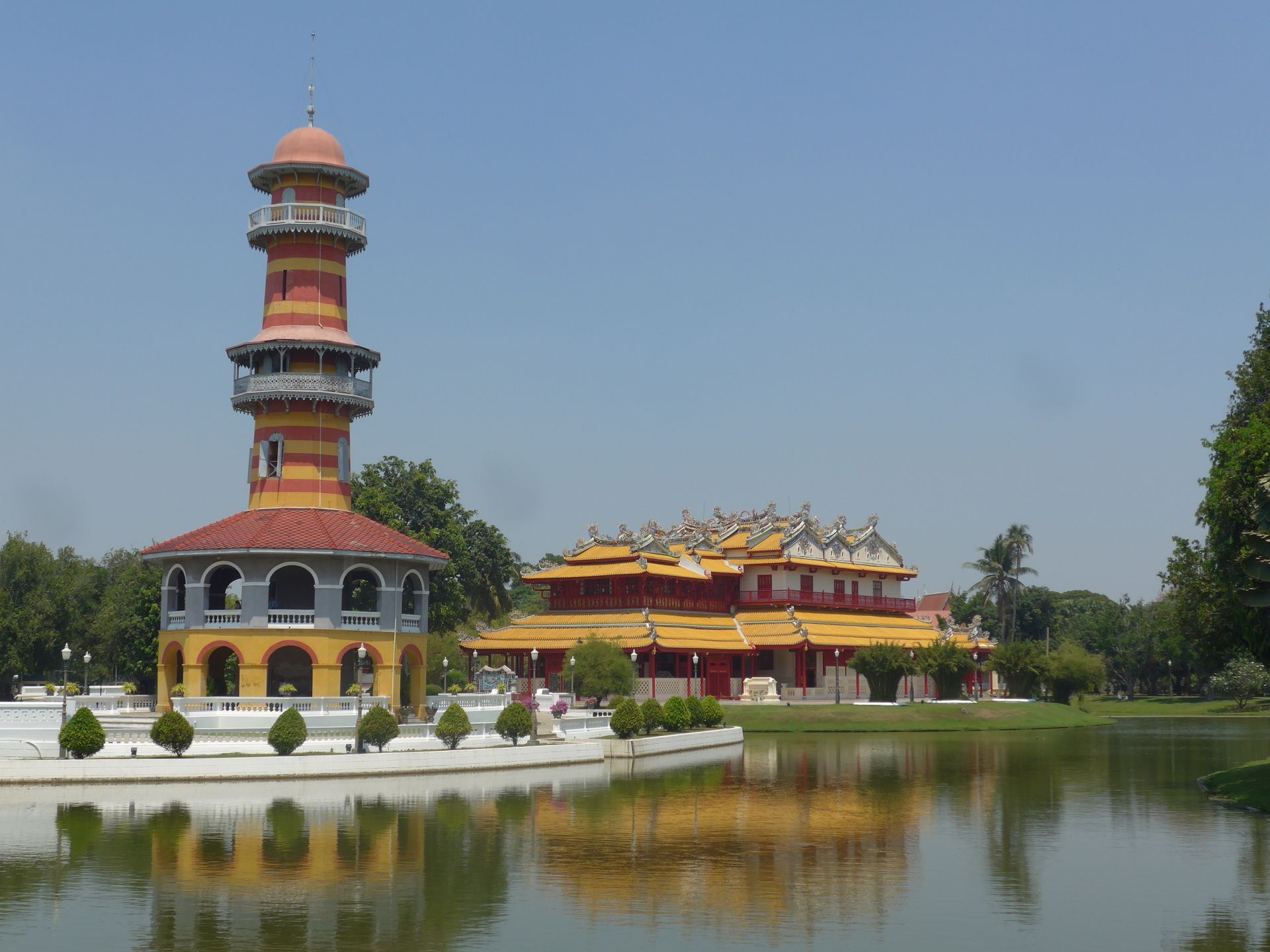
Across the river from the palace is Wat Niwet, a Buddhist monastery and temple influenced by the neo-Gothic style.
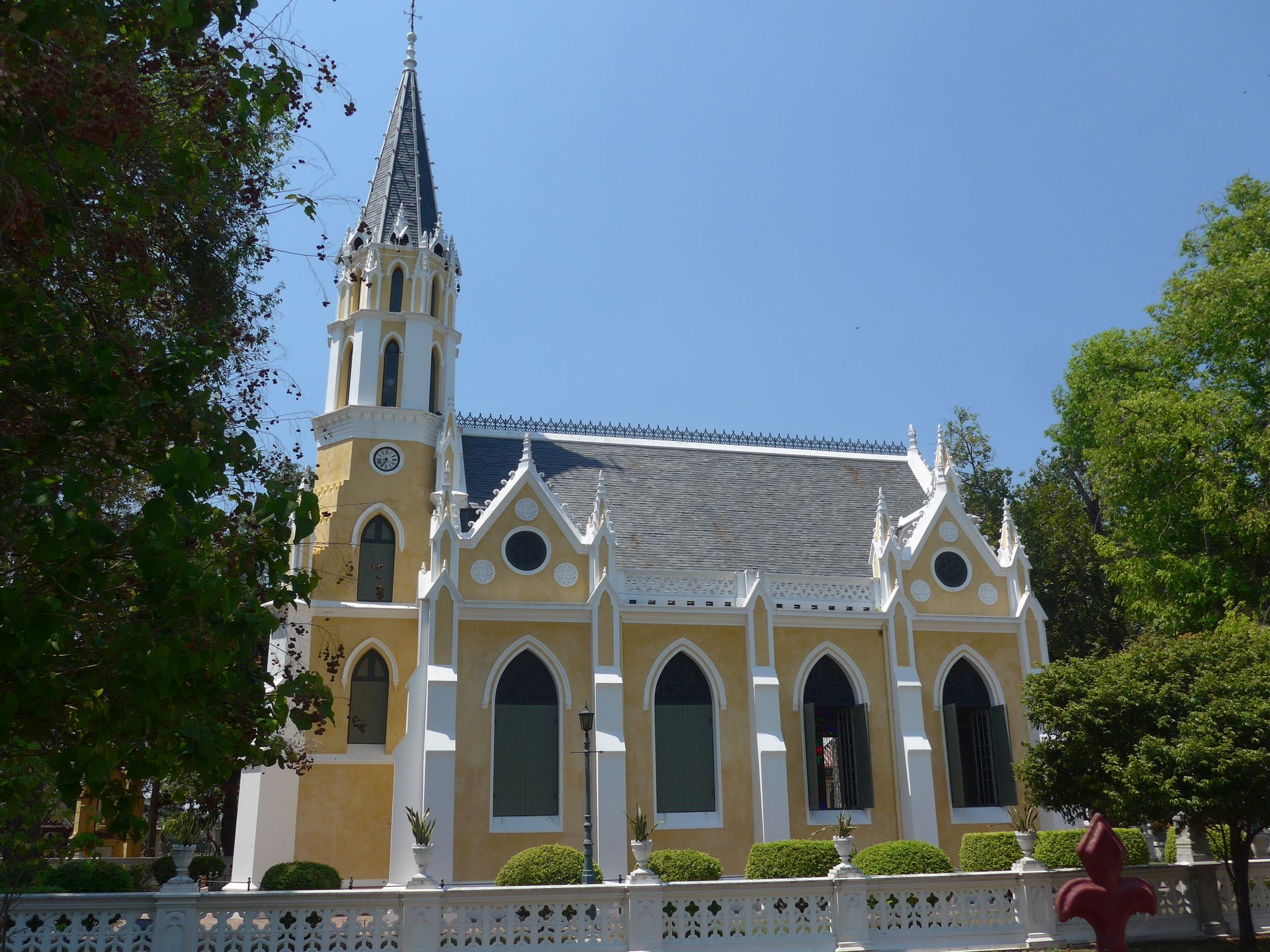
The temple resembled a church both on the outside and inside, but there are Buddha statues on the altar here.
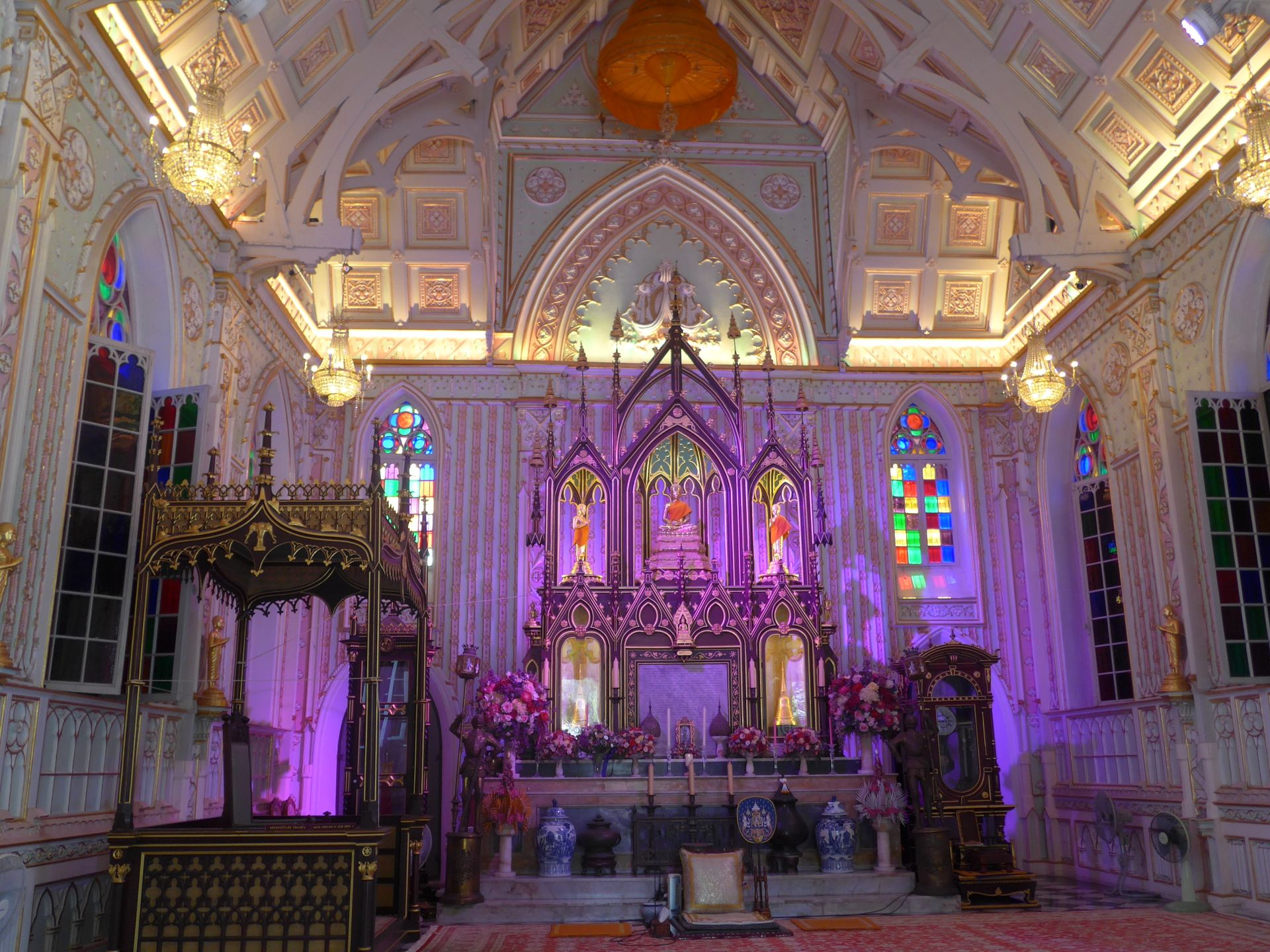
We crossed the river on a swinging gondola that looked older but reliably transported us.
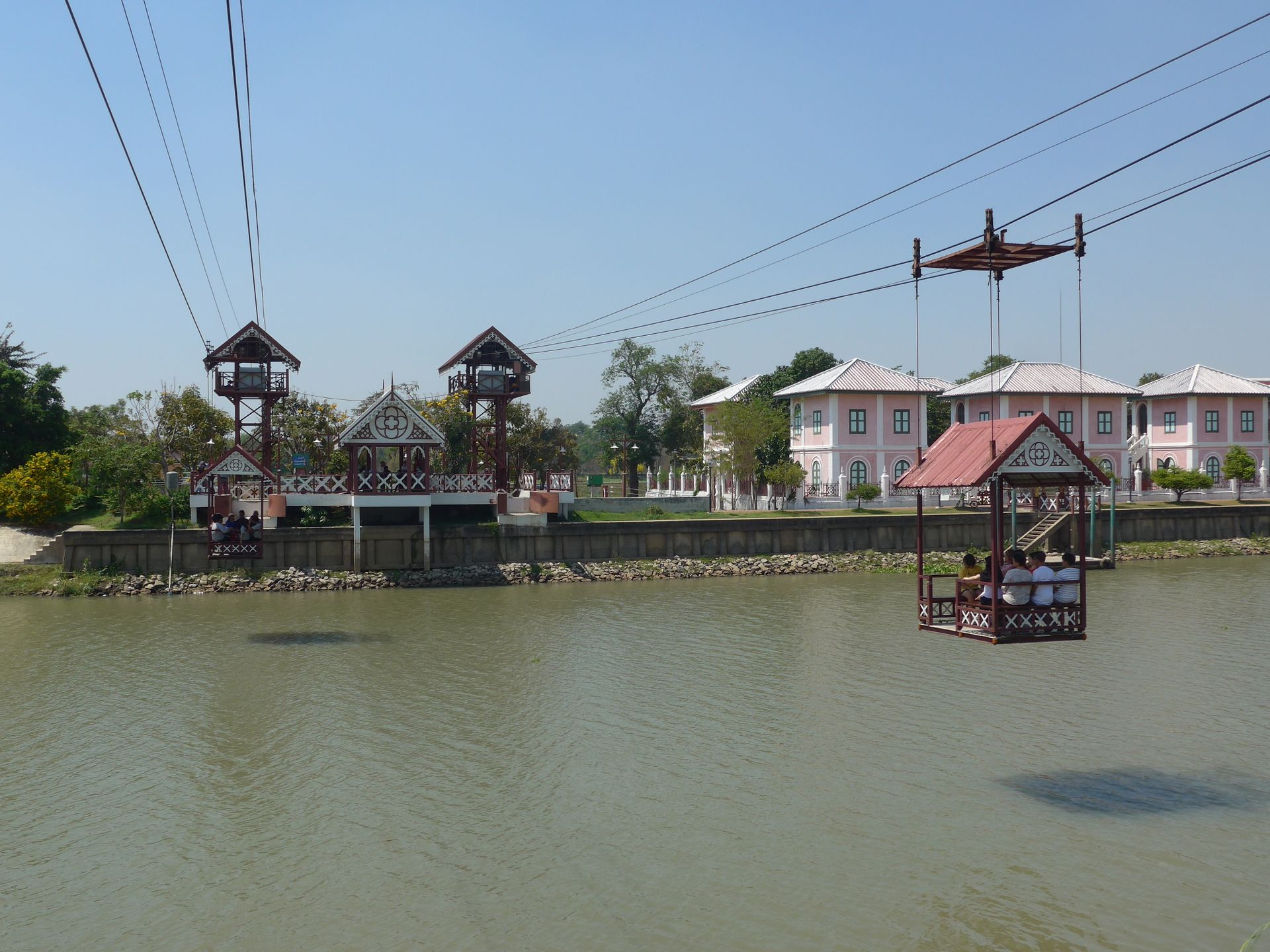
Then we drove to the center of Ayutthaya, which had a population of one million in its heyday in the 17th century. In 1767, it was devastated by the Burmese, but today you can see many preserved or restored ruins.
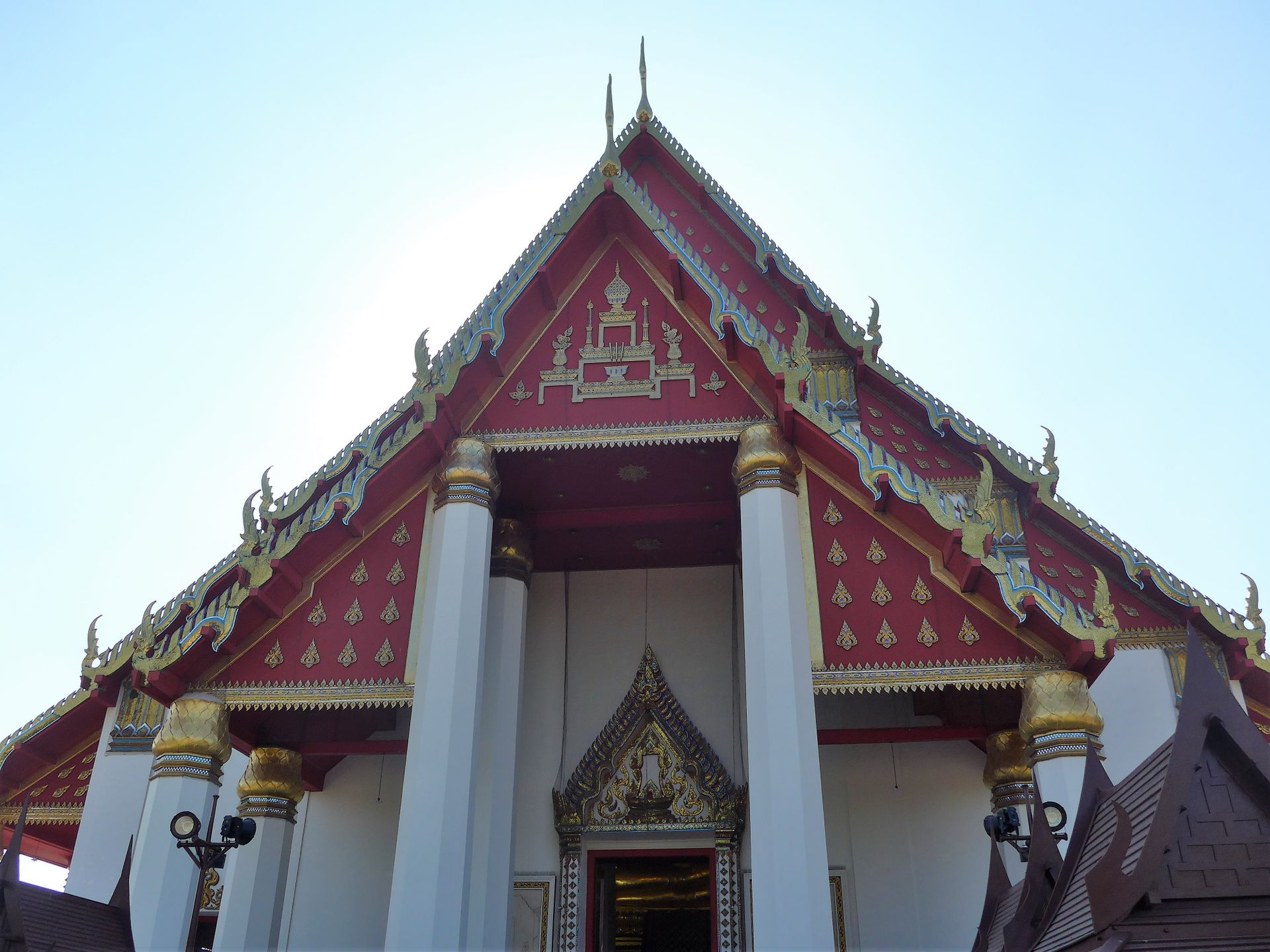
For our exploration, we borrowed bicycles from the hotel and first went to Viharn Phra Mongkhon Bophit, an intact temple where we could see a 13-meter-high golden Buddha statue.
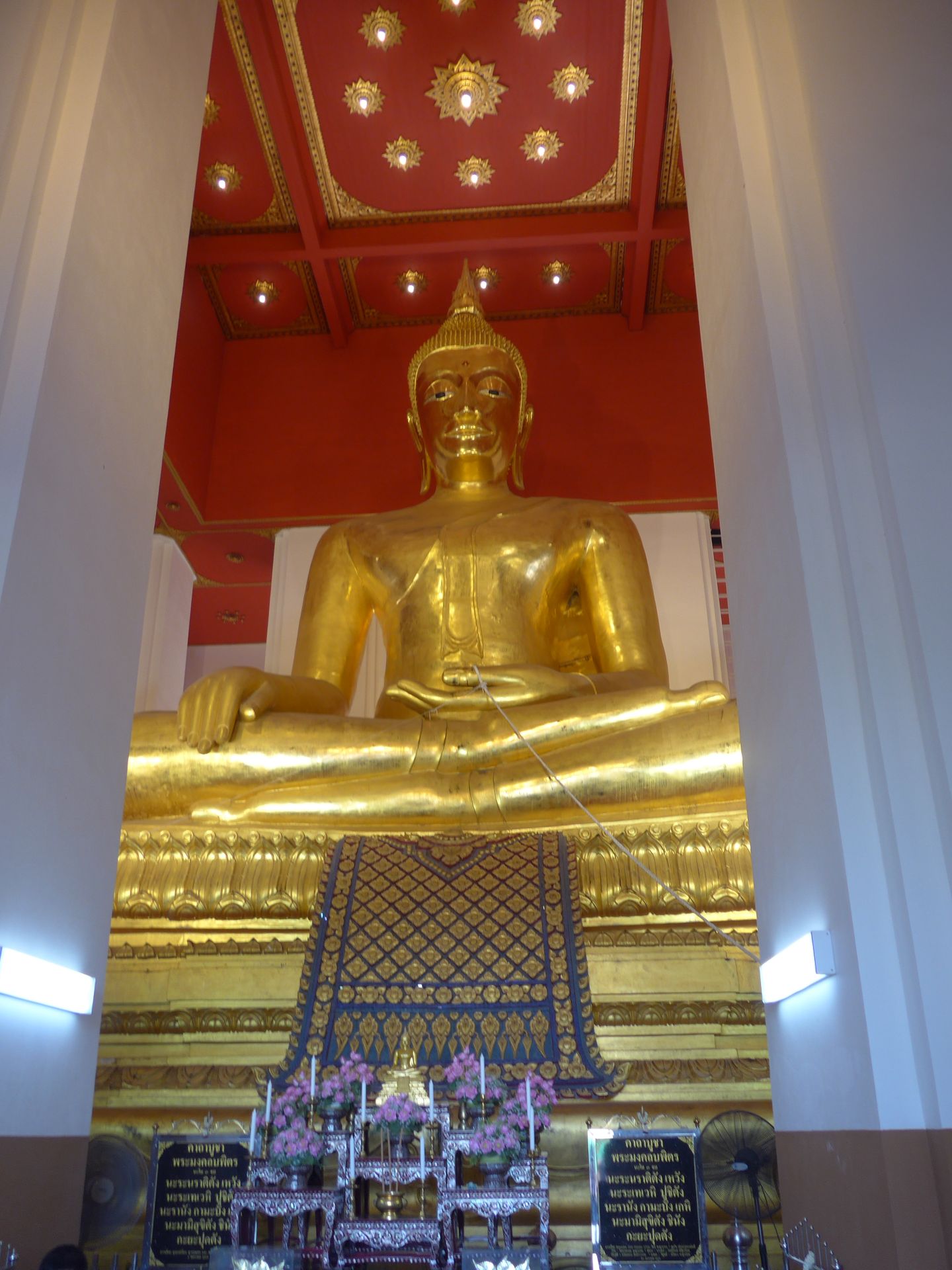
Right next to it are the ruins of Wat Phra Si Sanphet, the royal temple from the 15th century. The chedis (stupas) were built to house the mortal remains of past kings.
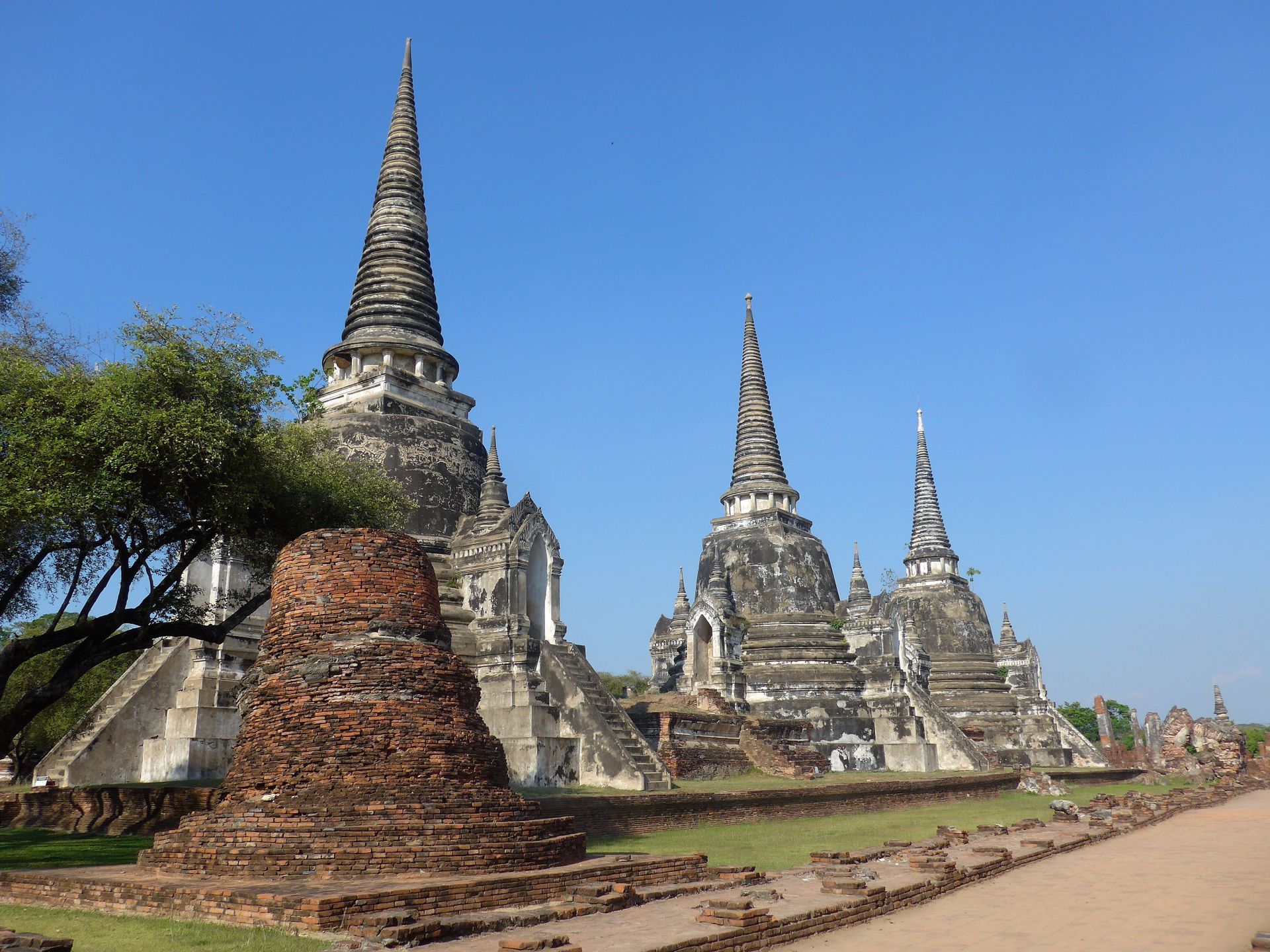
Wat Phra Si Sanphet
We continued cycling to Wat Mahathat, the largest temple complex from the 14th century.
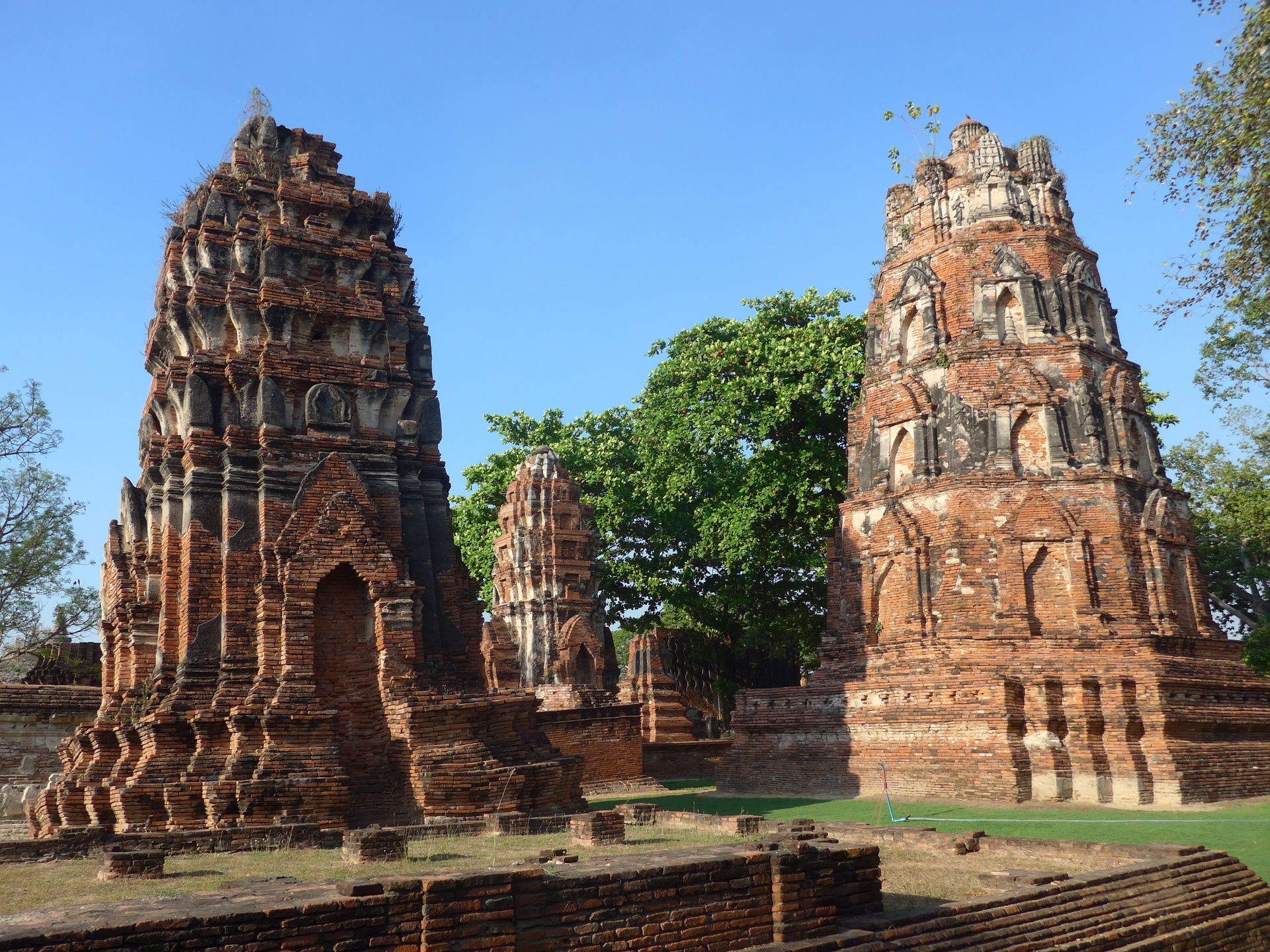
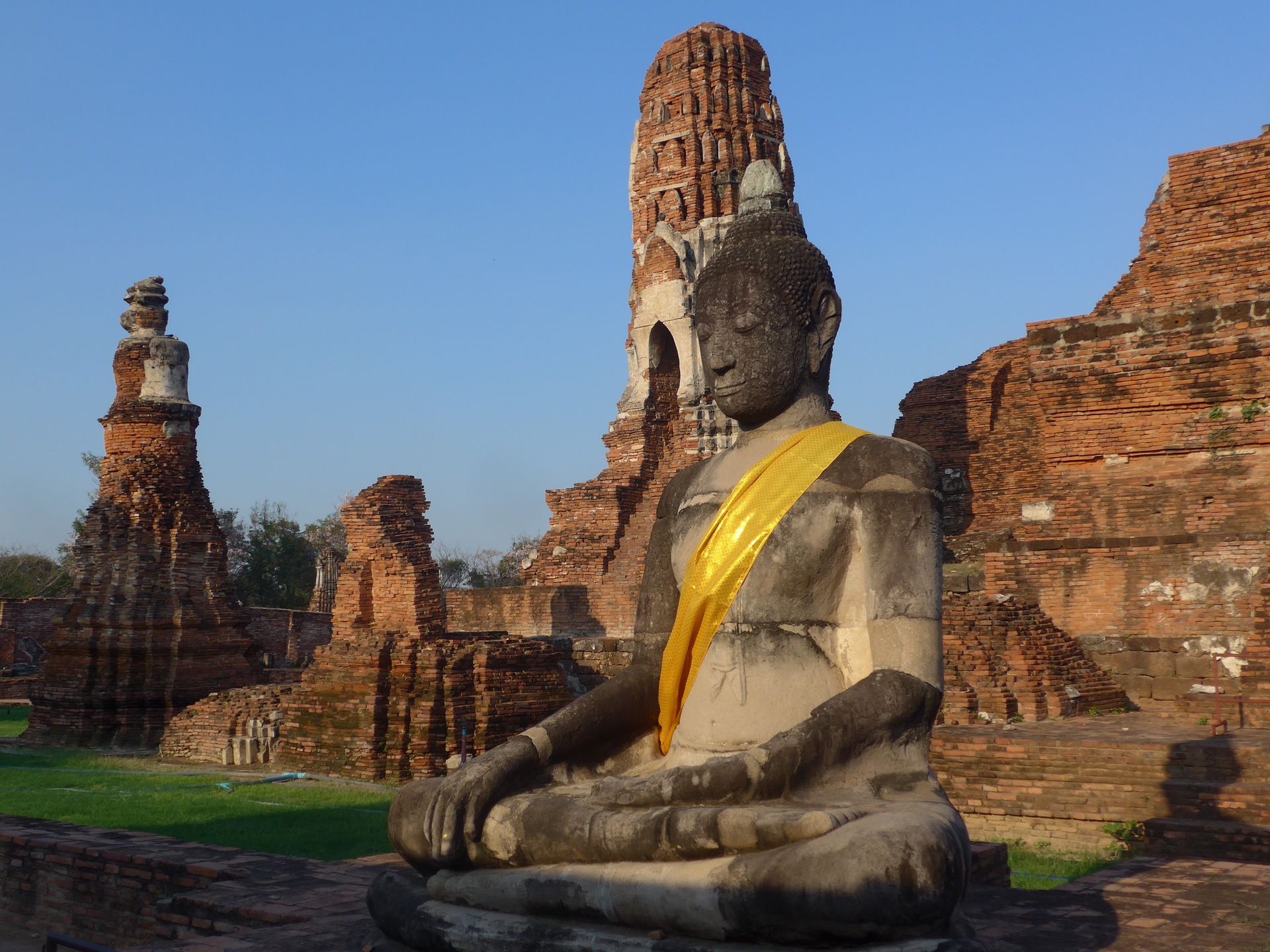
One popular photo spot here is a Buddha statue overgrown by the roots of a fig tree, with the head peeking out between the roots.

In Wat Ratchaburana next to it, we couldn't descend to the burial chamber inside the temple due to renovation work. As it smelled musty inside anyway, we were glad to be back in the fresh air...
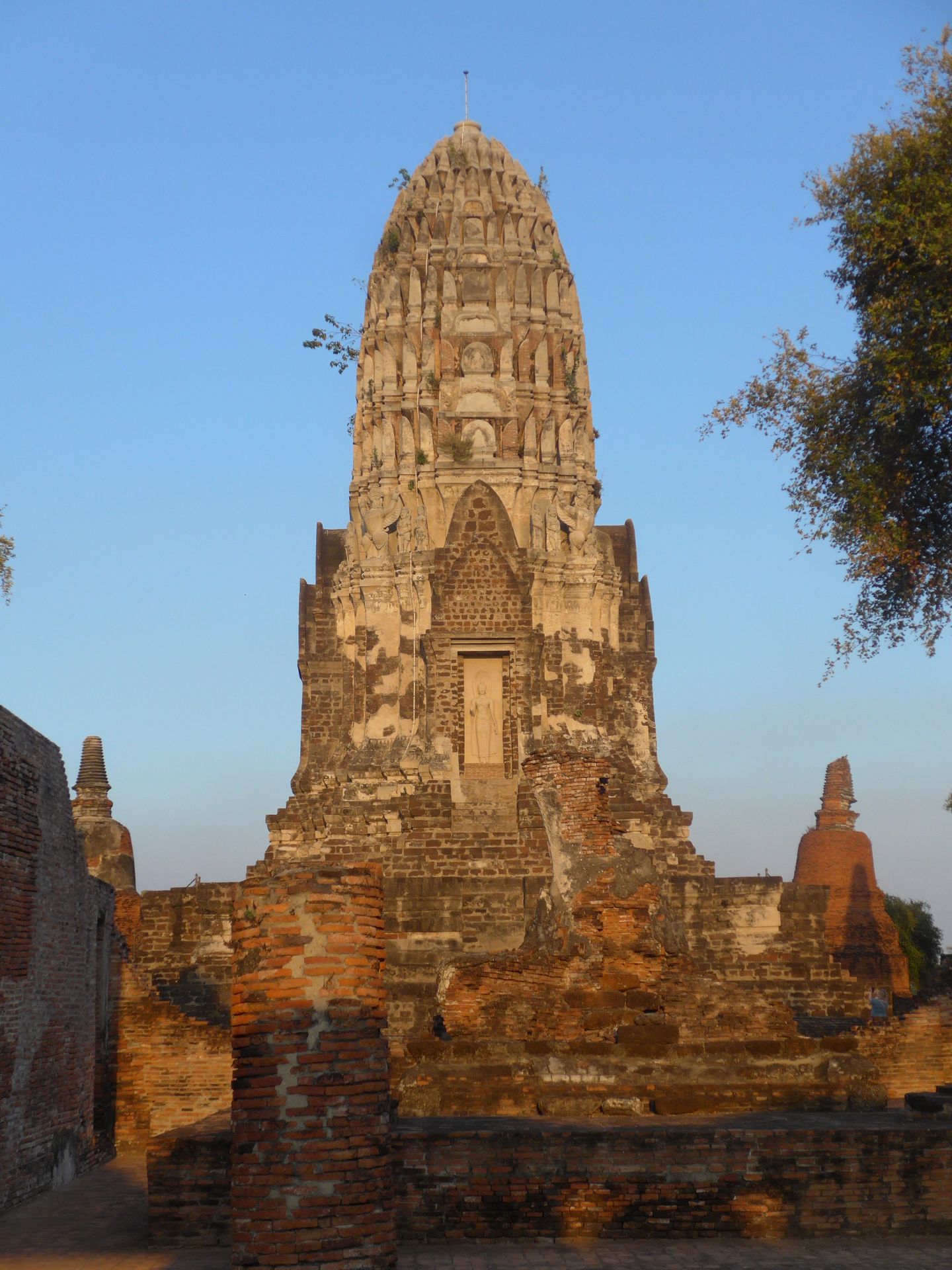
Before continuing the next morning, we went to Wat Lokayasutharam, whose buildings only have the foundations left. However, a 37-meter-long reclining Buddha statue has been restored.

We actually wanted to visit the old royal palace. When we circled around it, we realized that there wasn't much left to see. Since we couldn't find an open entrance gate either, we decided to go directly to Wat Chaiwatthanaram.
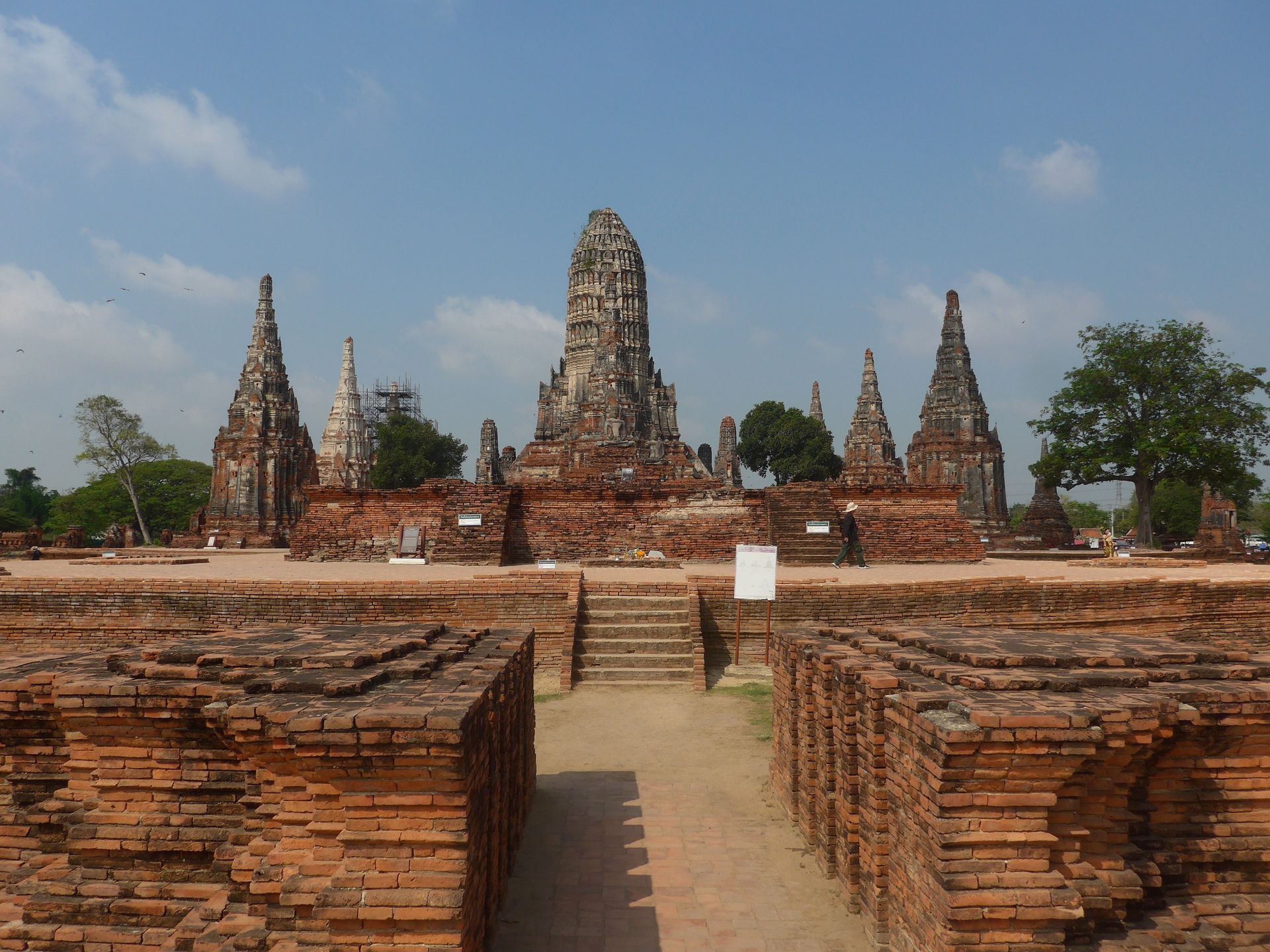
The temple was built in 1630 to commemorate the king's coronation and victory over the Khmers. Therefore, it was also built in the Khmer style and reminded us of some temples in Angkor.
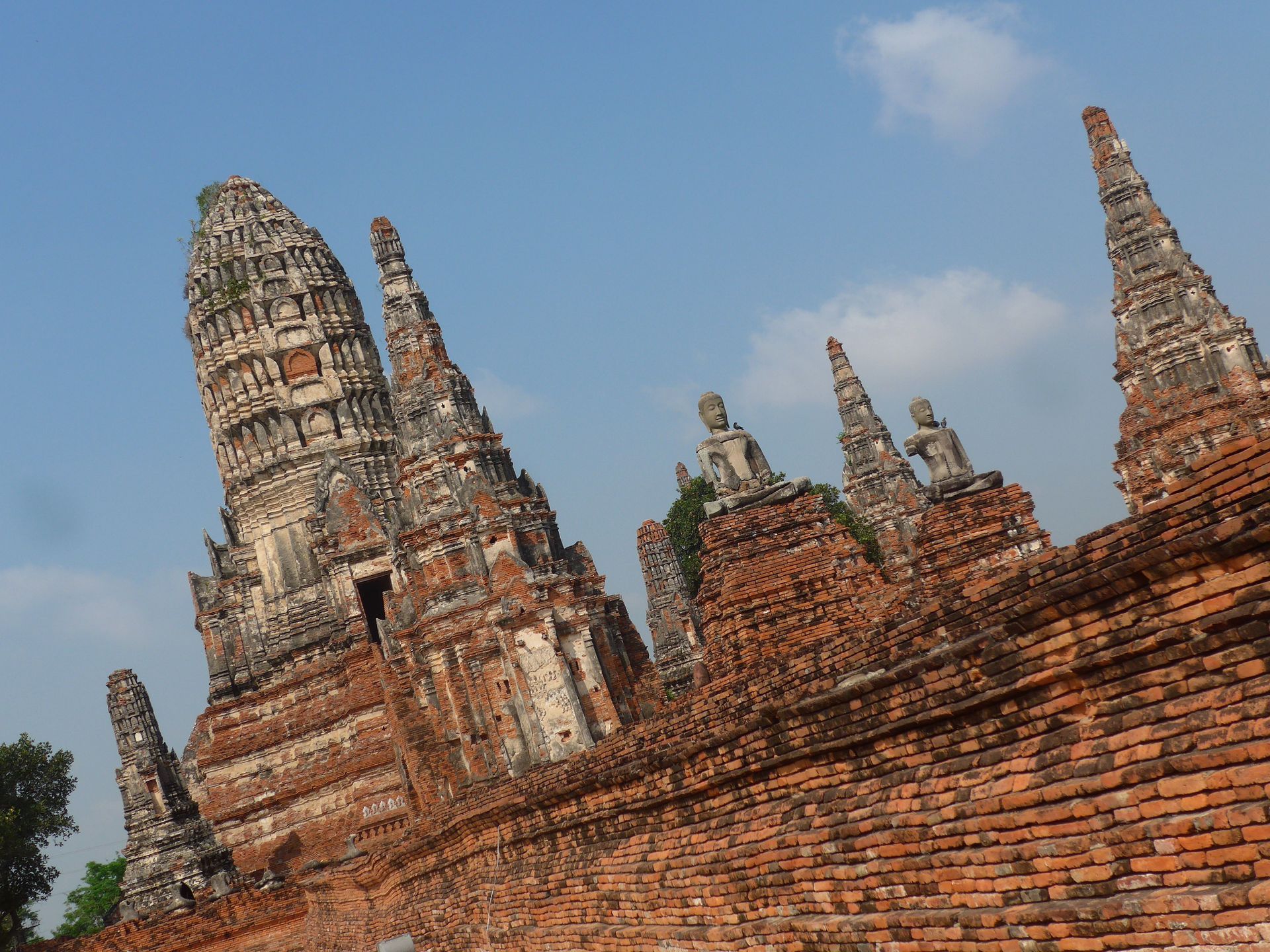
As we were exploring the temple grounds, we heard loud music and announcements from speakers. We had already noticed these annoying vehicles driving through the whole city to advertise for the upcoming election. For us, they would be a reason to choose a less disturbing party...

S'inscrire à la Newsletter
Répondre
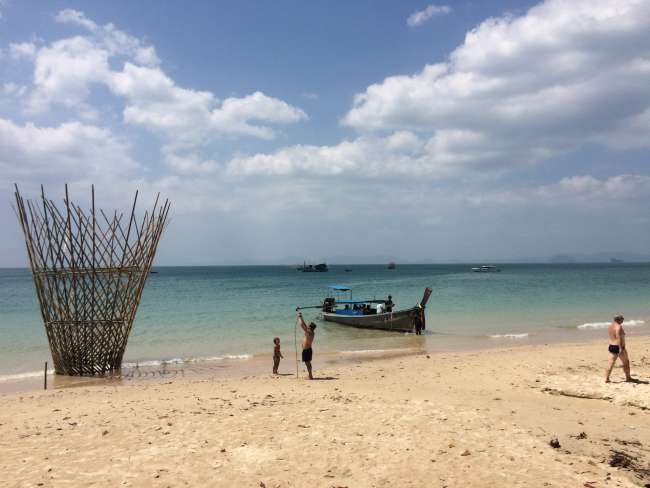
Rapports de voyage Thaïlande
